- Published on
UVB Lighting for Reptiles
UVB Lighting for Reptiles
When it comes to choosing the correct UVB lighting for your reptile, it can initially appear to be a bit confusing. There are so many types, brands and strengths of bulb, as well as different bulb designs to choose between. This article aims to make the choice a little easier.
What is a UVB bulb ?
Along with food, water and heat, reptiles require light in the form of UVA & UVB in order to thrive and grow to metabolise calcium in their bodies. Where direct sunlight isn't available, this light is provided artificially in the form of UVB bulbs.
Different types of bulbs - tube or compact?
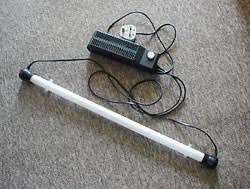 Fluorescent tubes come in two common sizes: T8 (which are thicker, older type fluorescent tubes) and T5 (newer thinner long tubes). The T5 lighting tend to give off better light over a further distance. Both types of bulbs require an additional 'starter unit' or ballast attached to each end in order to work. These longer bulbs are great for long enclosures or taller environments requiring lots of light at all levels.
Fluorescent tubes come in two common sizes: T8 (which are thicker, older type fluorescent tubes) and T5 (newer thinner long tubes). The T5 lighting tend to give off better light over a further distance. Both types of bulbs require an additional 'starter unit' or ballast attached to each end in order to work. These longer bulbs are great for long enclosures or taller environments requiring lots of light at all levels.
 Arcadia do a great range of bulbs, some newer types are T5 bulbs without a ballast but with a cable direct to a switch and normal plug. These bulbs also can be connected to each other in a line for multiple enclosures such as chameleon mesh cages. I highly recommend Arcadia lighting for quality and range to suit all types of enclosure.
Arcadia do a great range of bulbs, some newer types are T5 bulbs without a ballast but with a cable direct to a switch and normal plug. These bulbs also can be connected to each other in a line for multiple enclosures such as chameleon mesh cages. I highly recommend Arcadia lighting for quality and range to suit all types of enclosure.
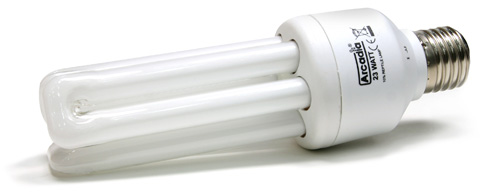 Another type of bulb is the 'compact bulb'. These screw into a normal screw light fitting and do not require a ballast. They light a smaller area and are great for small enclosures where a long fluorescent tube isn't practical.
Another type of bulb is the 'compact bulb'. These screw into a normal screw light fitting and do not require a ballast. They light a smaller area and are great for small enclosures where a long fluorescent tube isn't practical.
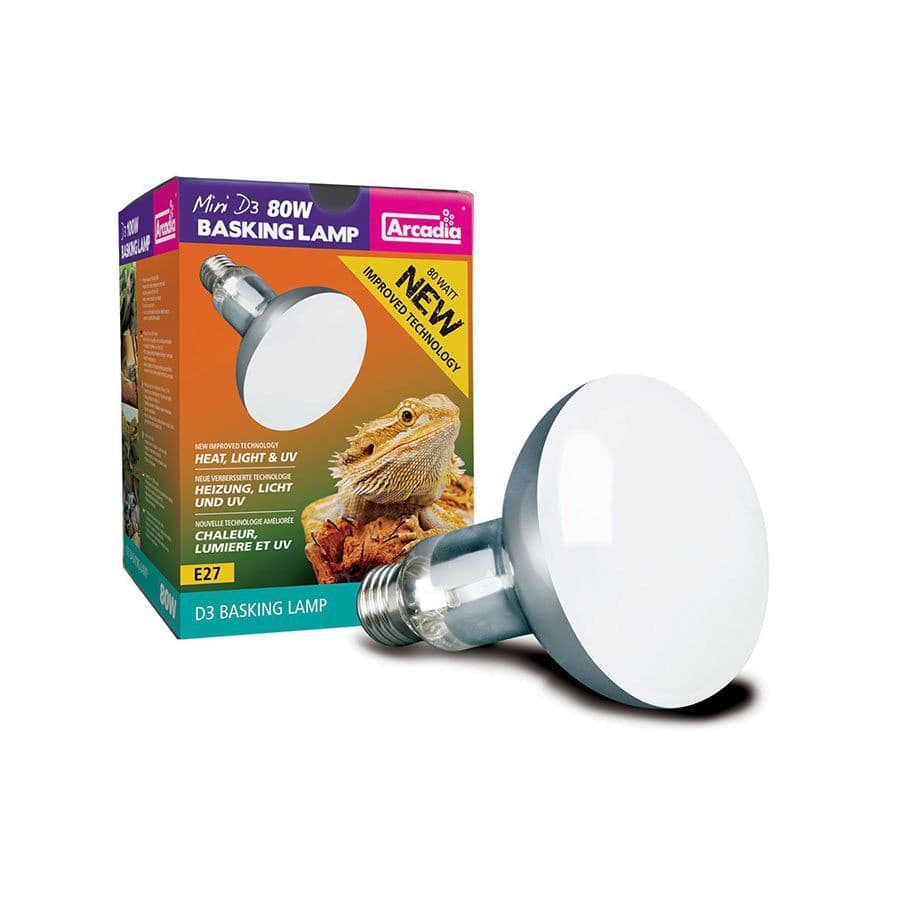 The final type of bulb is a combined heat and UVB large spot bulb. They are very expensive, do the job of lighting well, but unfortunately can break as easily as a normal filament light bulb, which can make them costly. Personally I'm not a great fan due to the combined heat/UVB means that you have to have both or neither as when the light goes out, so does the heat. Due to their design they are not suitable for many normal enclosures and the price tag (£60-80) can make them a costly choice when there are better alternatives.
The final type of bulb is a combined heat and UVB large spot bulb. They are very expensive, do the job of lighting well, but unfortunately can break as easily as a normal filament light bulb, which can make them costly. Personally I'm not a great fan due to the combined heat/UVB means that you have to have both or neither as when the light goes out, so does the heat. Due to their design they are not suitable for many normal enclosures and the price tag (£60-80) can make them a costly choice when there are better alternatives.
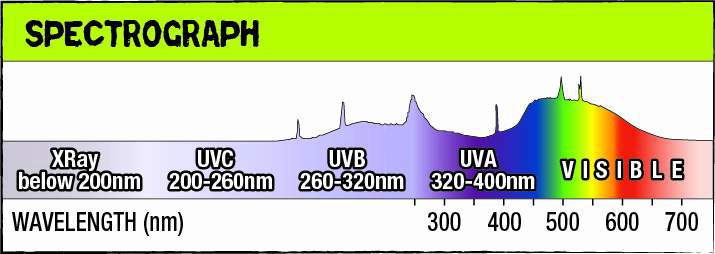
Why do reptiles need UVB lighting?
Reptiles need UVB for several reasons. It encourages feeding, natural behaviours such as breeding, affects vision and promotes essential calcium metabolism by converting vitamin D to D3 which ultimately helps moderate calcium levels in the blood. Although UVA is also needed, it's the level of UVB that is more important for reptiles.
Why are there different strengths of UVB lighting?
UVB bulbs come in 3 main strengths. This mostly relates to the environment from which a reptile originated in the wild. For example, bearded dragons need the strongest amount of UVB (which is between 10-15%) as they live under direct desert-like conditions and sunlight. These bulbs are often labelled as 'desert' alongside their % ratings.
There are 'jungle' strength UVB bulbs (usually 5-8%) which are suitable for reptiles that commonly reside in those conditions, or species with lots of tree cover. Like water dragons, most chameleons and other tropical lizards such as anoles.
Finally there is 2% UVB which os mainly reserved for amphibians - frogs and other soft-skinned often aquatic dwellers. This strength is also used for reptiles such as crested geckos that live far down under the tree canopy and don't get much direct sunlight at all as it's filtered down through the trees.
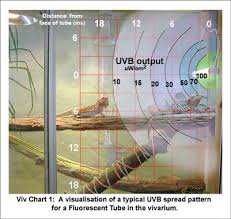
How should the bulb be positioned?
As a general rule, the UVB bulb should be placed no further than 6 inches above the reptile in its usual basking spot. The % rating on the bulb is the amount of UVB a reptile should receive at this distance from the bulb. A greater distance than this means the % of UVB reaching the reptile is reduced.
For example, a bearded dragon would need a 10% T8 bulb mounted in the middle of the back wall of its enclosure.
If the same bulb was mounted on the ceiling, it is likely that the amount of UVB reached the lizard would be less than the required amount. In this case, a T5 10% bulb mounted on the ceiling would be preferable as these bulbs push the UVB over a greater distance.
Please note that UVB does NOT penetrate glass at all and mesh-type lids will drastically reduce the amount of UVB that gets through the mesh to your reptile. In this instance you could choose a 10% instead of a 5% bulb, choose a T5 instead of a T8 or even mount a compact bulb inside the enclosure instead in order to get the correct level of UVB inside the enclosure.
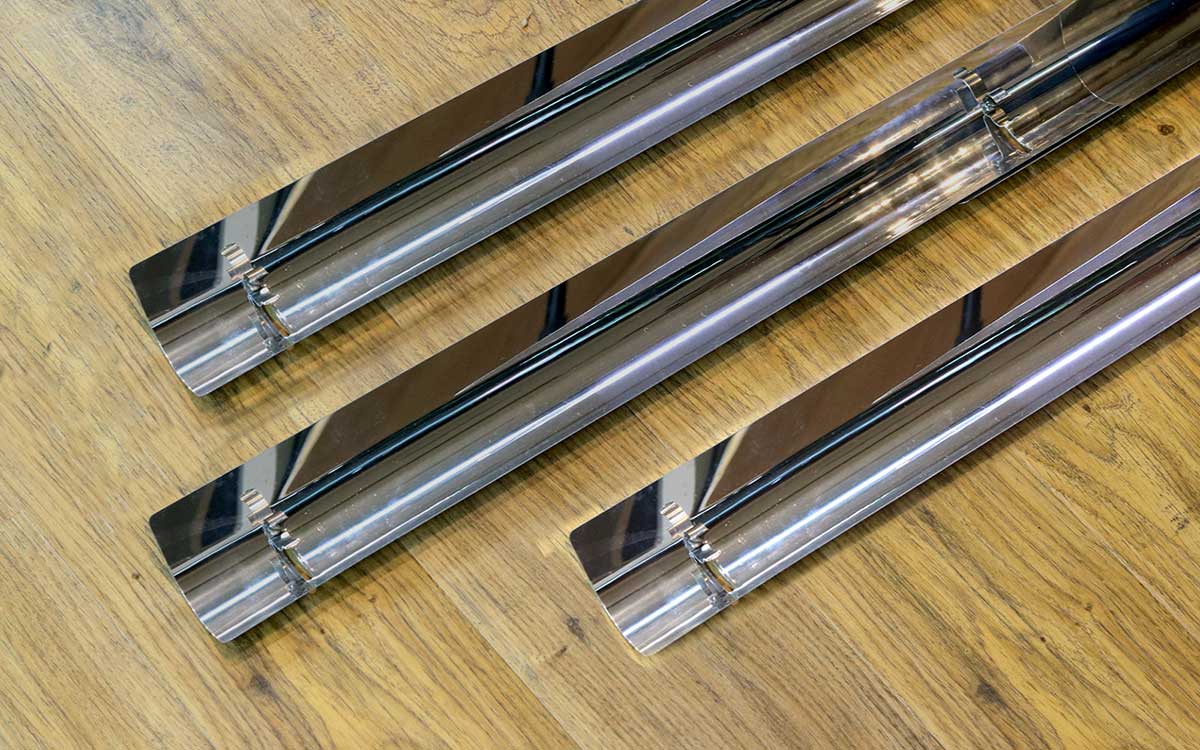
Do I need a reflector?
Yes! A reflector helps direct the UVB down into the enclosure and towards the reptile. It also prolongs the life of your UVB bulb as it helps retain the maximum distance for the UVB to travel.
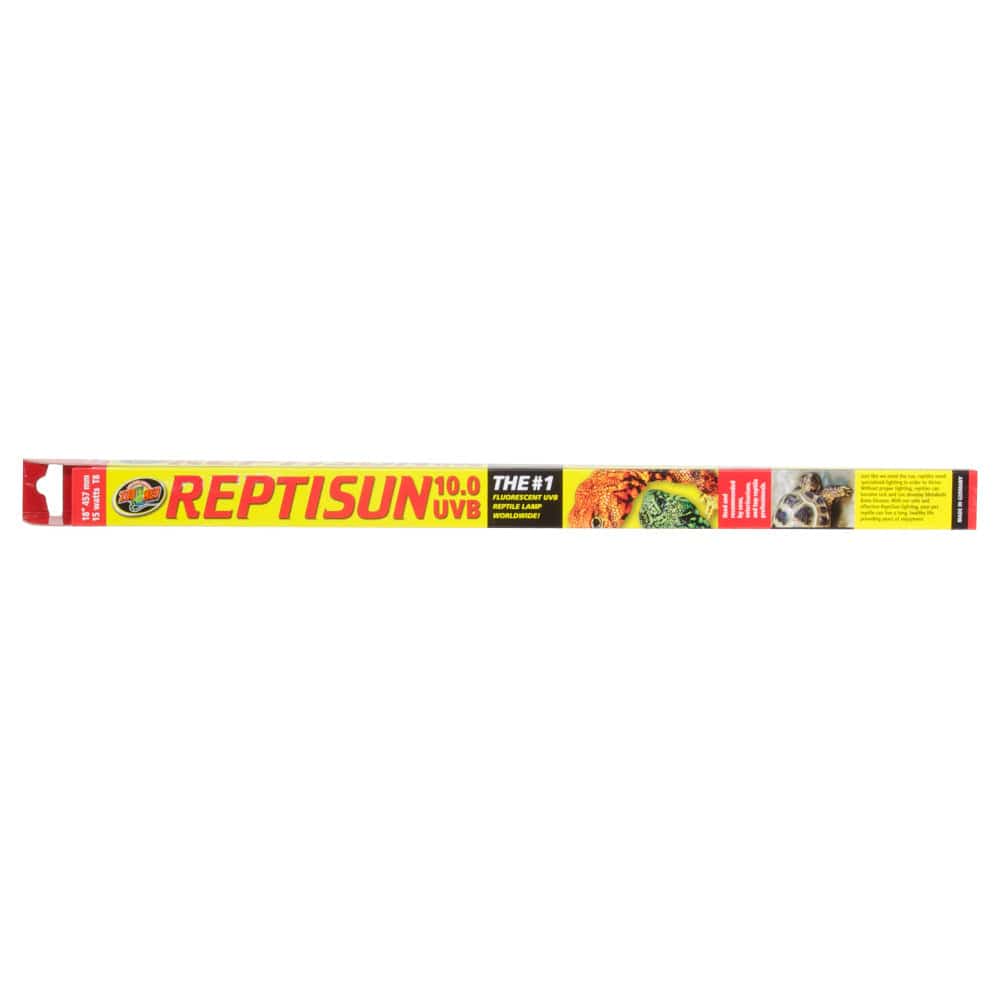
How often should I replace my bulb?
Contrary to common belief, you should NOT wait until your bulb starts flickering to replace it! The UVB runs out ages before the light part gives up. Most good quality bulbs such as Zoomed, Arcadia and JBL last around 10-12 months. Cheaper lower quality branded bulbs like ProRep or Exoterra need to be replaced after 6 months. I personally use both Zoomed and Arcadia bulbs in my set ups.
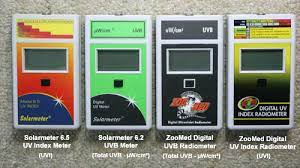
How do I check if my UVB bulb needs replacing?
If you have several reptiles you might find it cost-effective to get a digital UVB measuring device. These are really worth it as you can simply check the UVB output of every bulb in seconds. I am happy to provide this service for free to all my reptile holiday boarding clients. Some good reptile specialist shops may also offer this service for free.
Do all reptiles need UVB?
It used to be thought that some reptiles such as cornsnakes, leopard geckos and other nocturnal species did not require UVB. In some countries such as USA, vitamin D3 is given as a supplement instead of UVB and other countries just are able to provide their reptiles with lots of natural sunlight because they live in the tropics. However, in the UK it is necessary to provide another source of UVB as unfortunately warm sunlight isn't as guaranteed here. We also realise the additional health benefits that providing UVB lighting can give, such as behavioural, breeding and psychological that cannot be derived from supplements alone. For this reason, some form of UVB is now recommended for ALL reptiles.
What are UVC bulbs?
UVC is used in pond filtration systems to sterilise and kill pathogens. It is UNSAFE for use elsewhere as it can cause blindness, these bulbs often have a purple fluorescent glow and shouldn't be touched with bare hands. It is not used for reptile lighting as it is DANGEROUS to look at this light directly. I only mention this here because I have met several people who were mis-sold these bulbs by inexperienced reptile shops which ended up burning the skin of their reptile and leaving two family members requiring A&E for arch eye and temporary blindness!
I hope this provides a bit more information around the UVB debate. For some examples of which reptiles require which % UVB, please see this weeks Tip Of The Week "How much UVB does my reptile need?"
